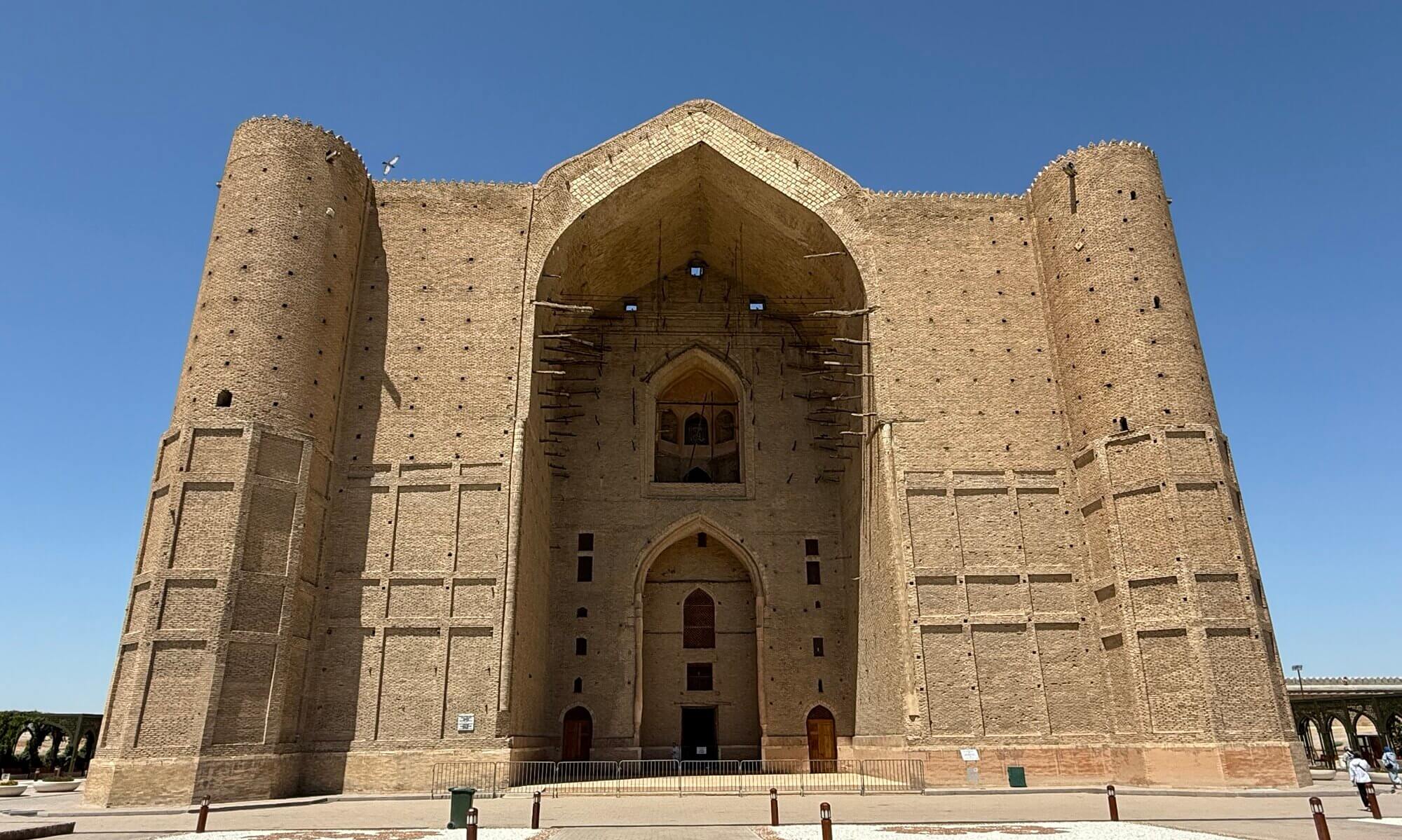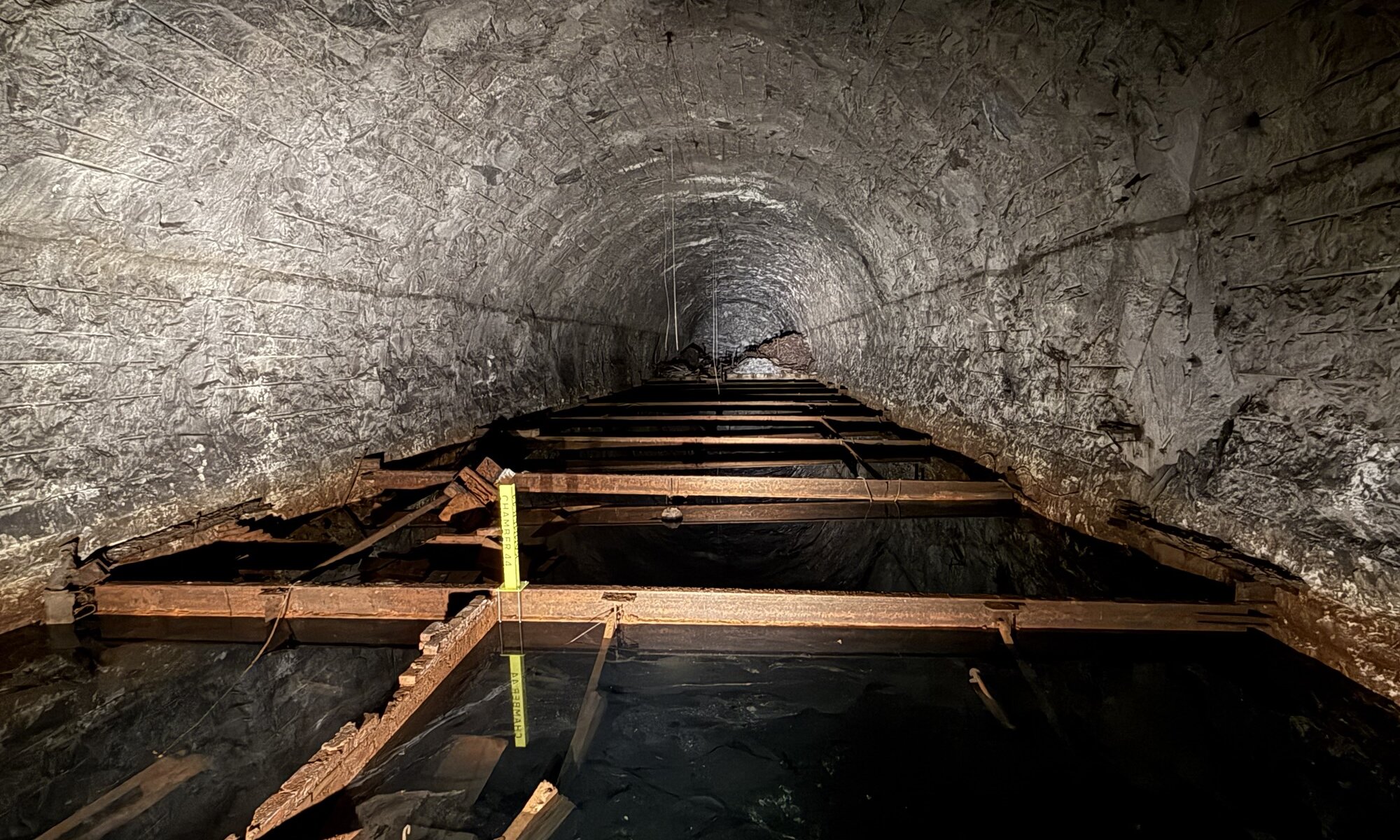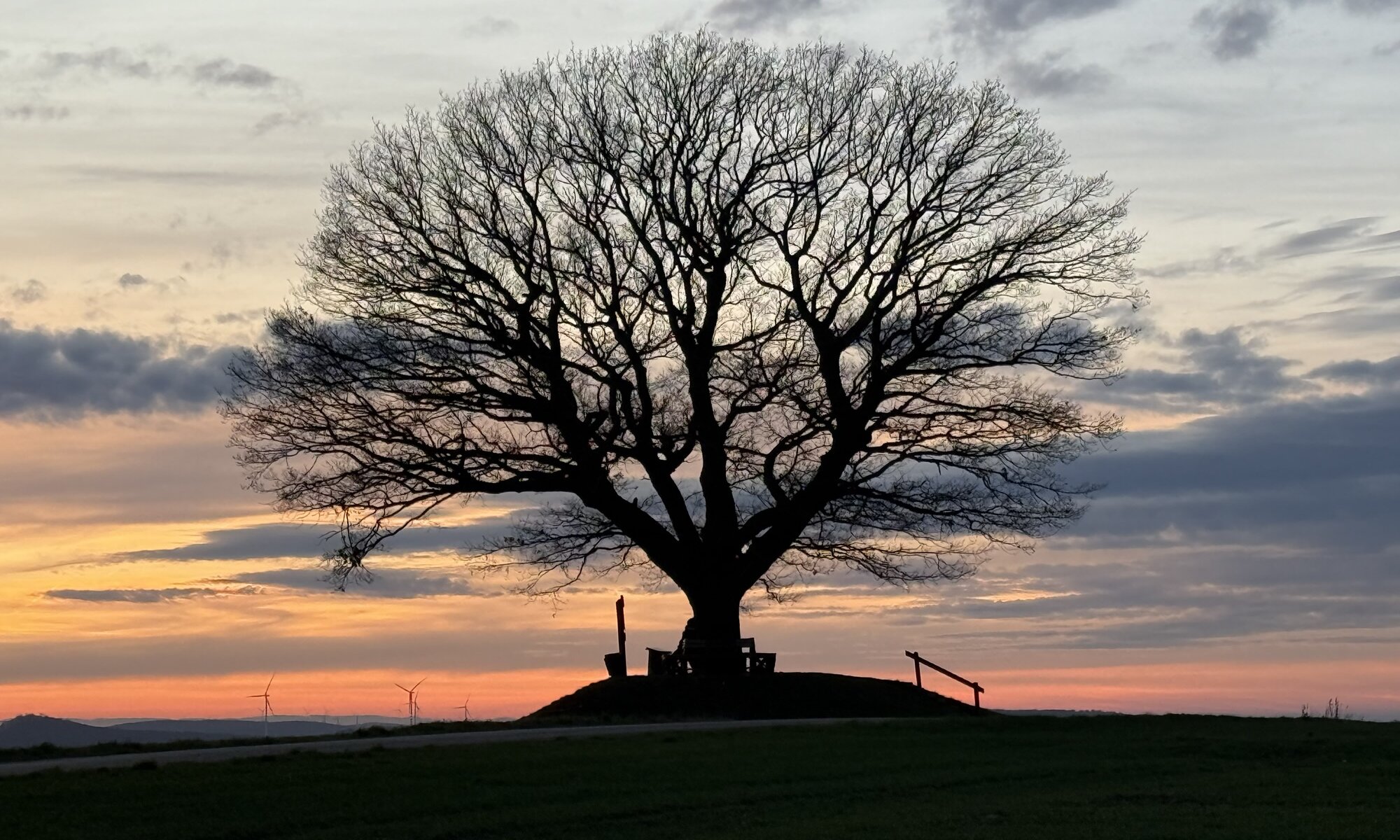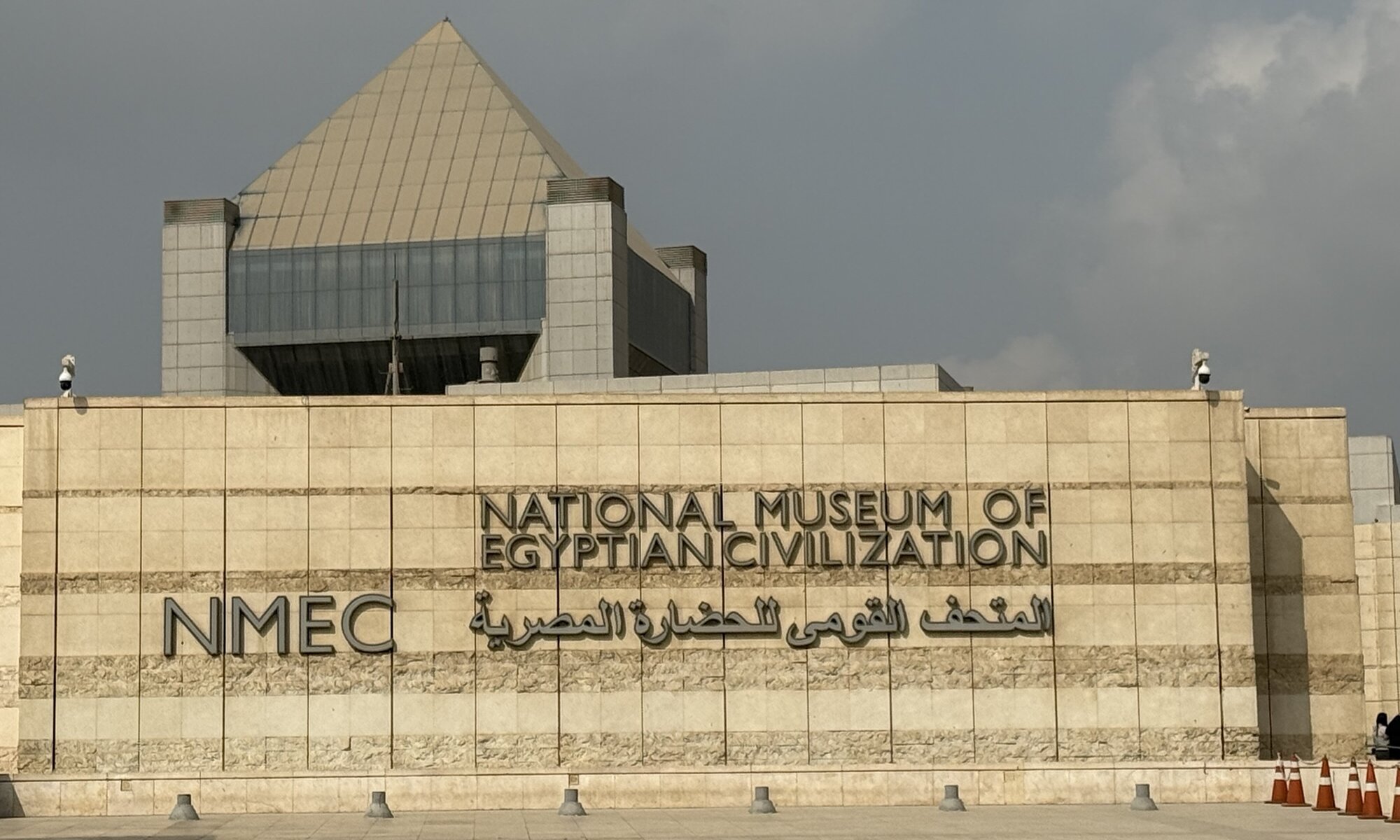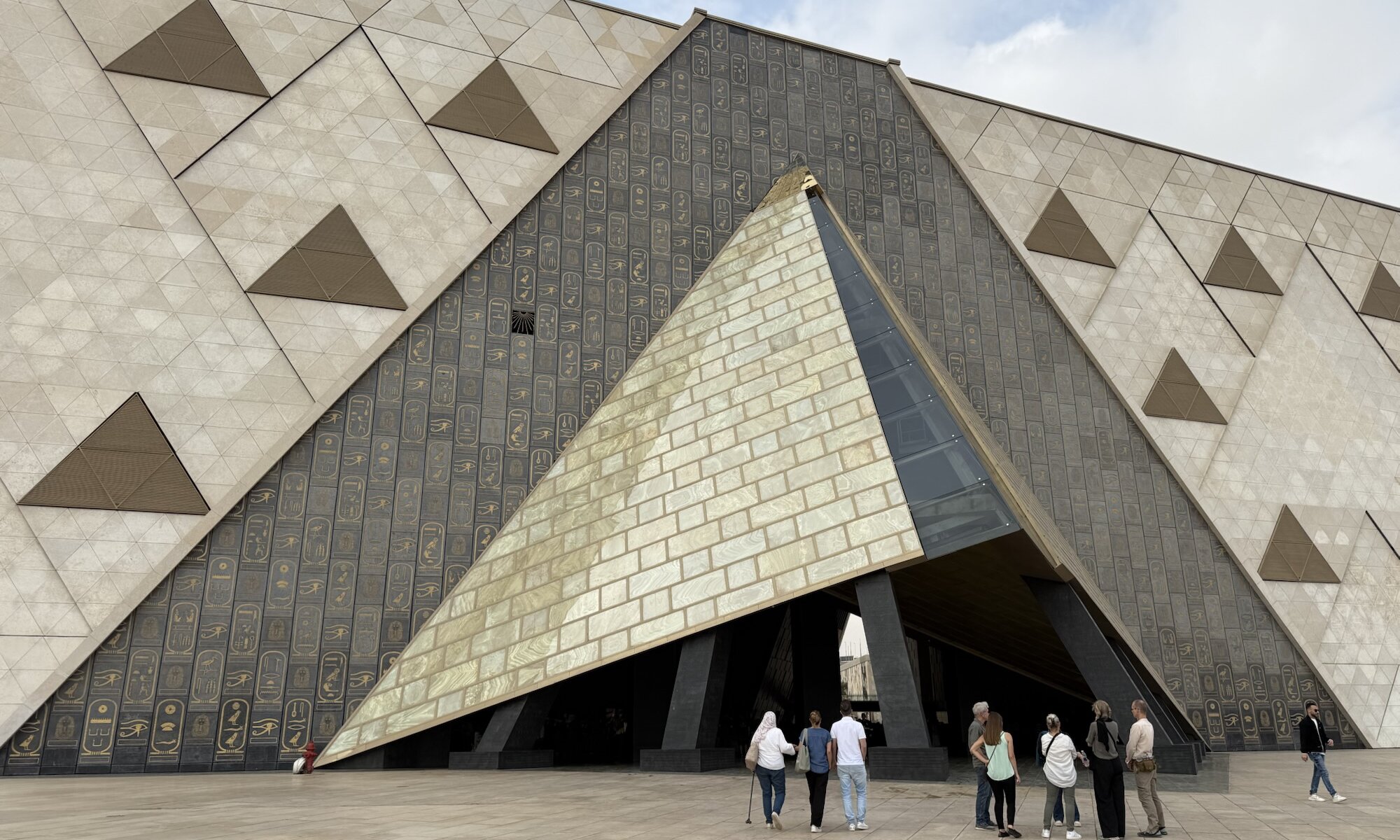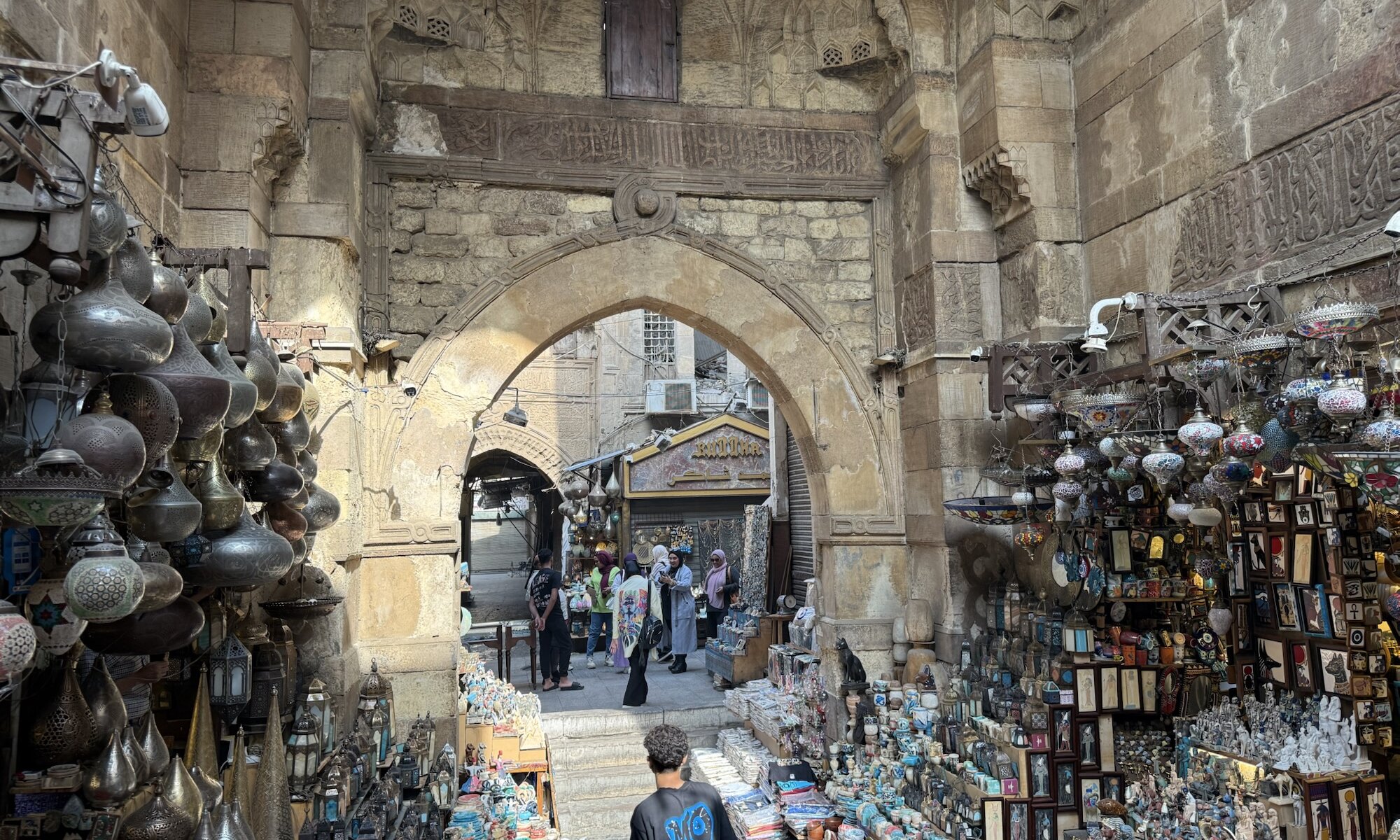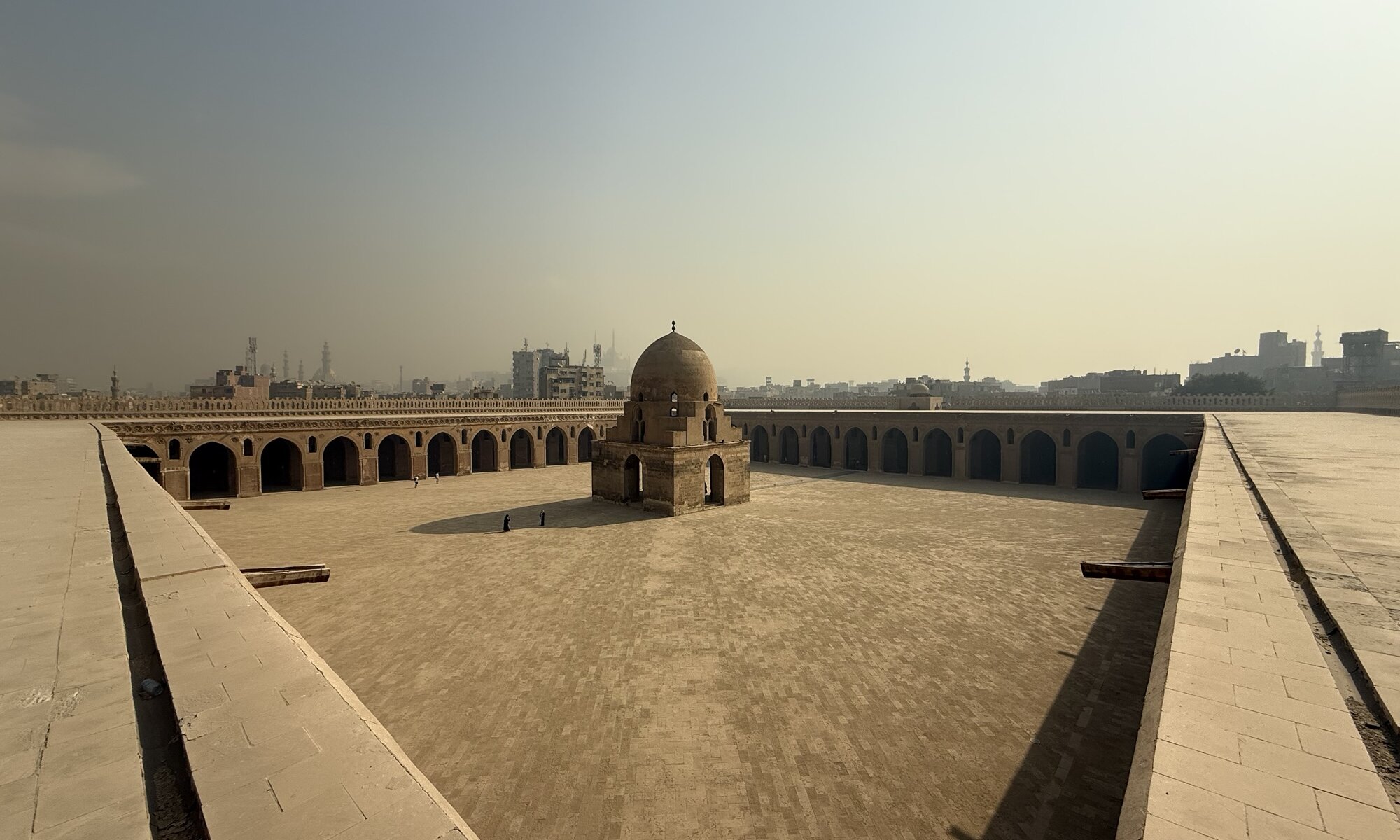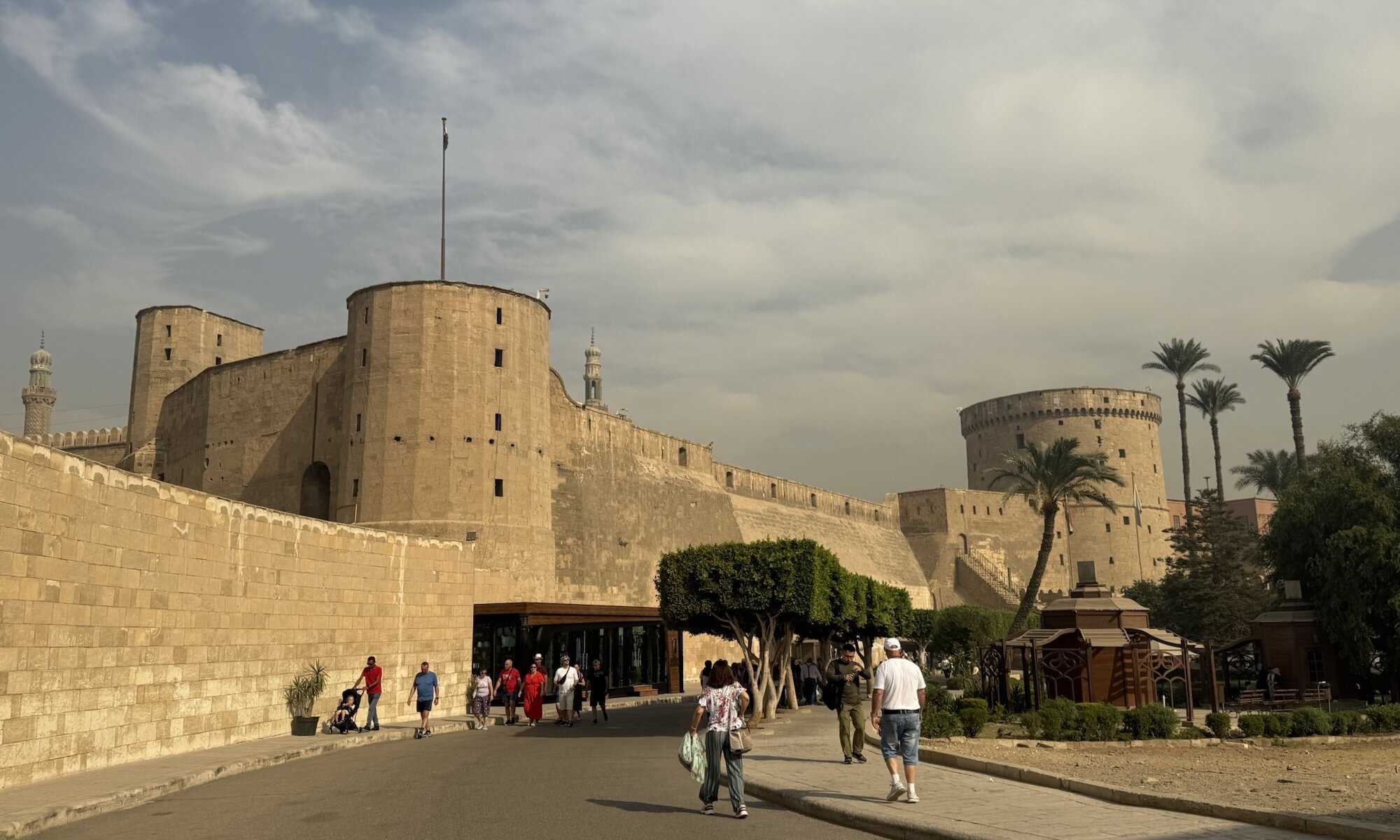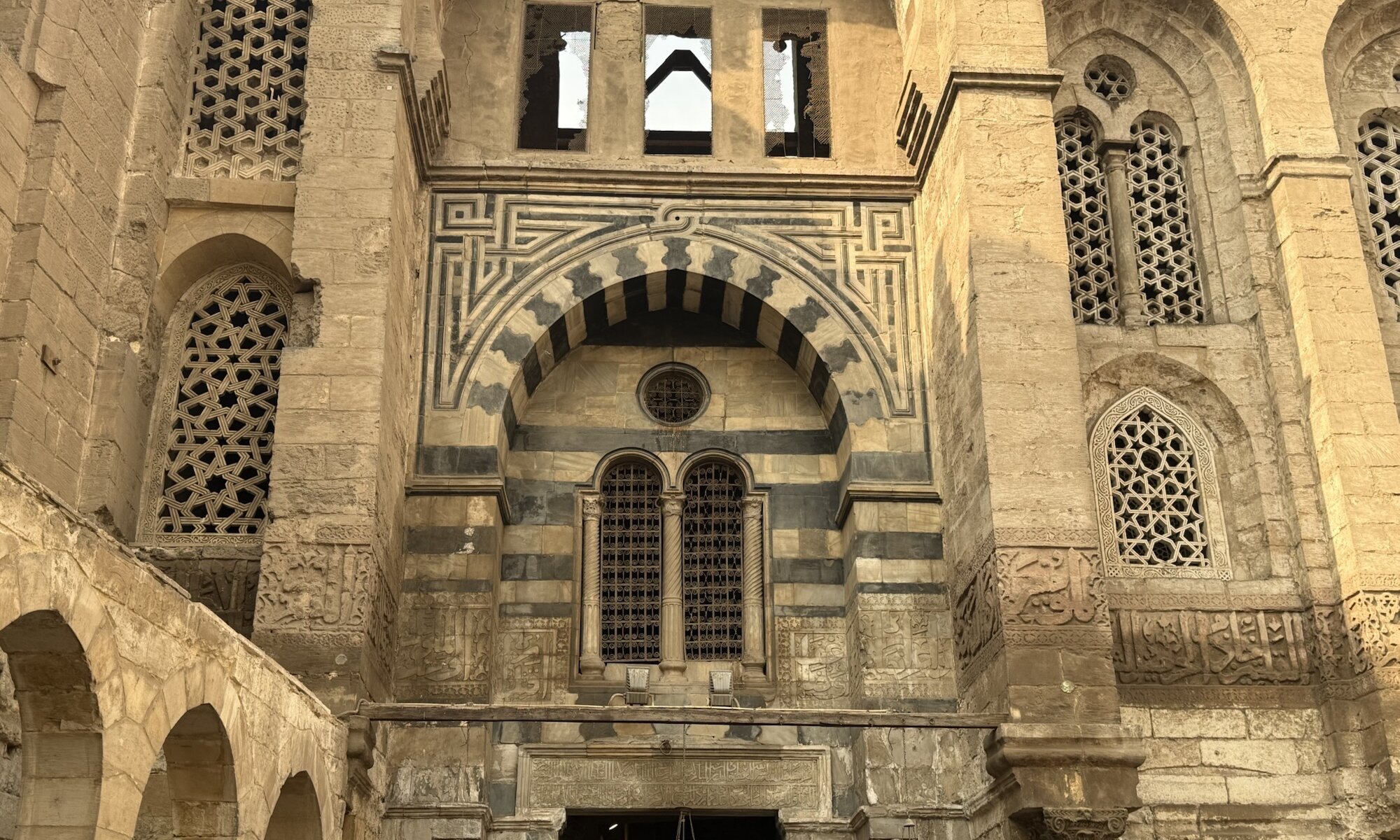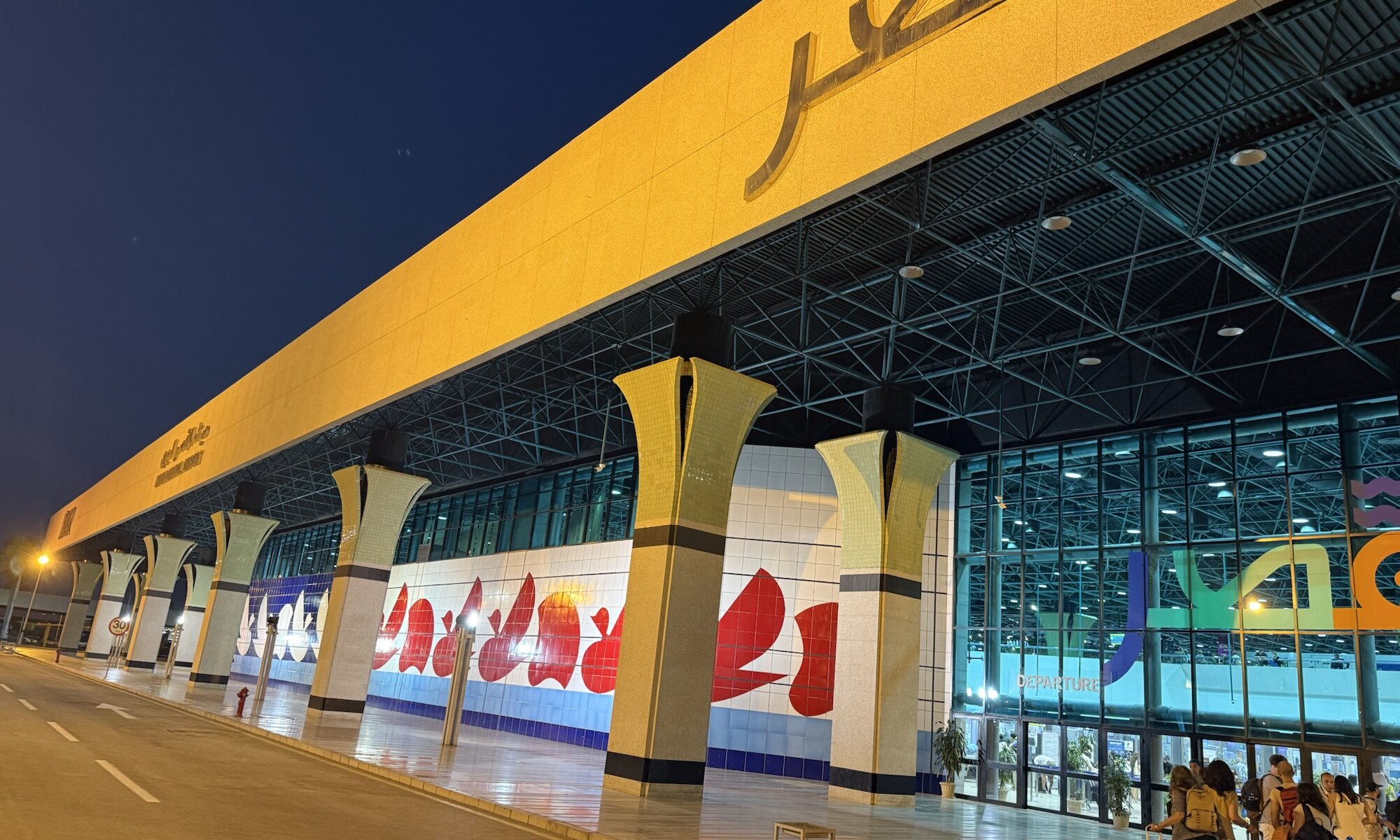The KZ-Gedenkstätte Mittelbau-Dora, located near Nordhausen in Thüringen, stands as a stark reminder of one of the darker chapters of the Second World War. Initially established in the late summer of 1943 as a subcamp of Buchenwald, it became an independent concentration camp in the autumn of 1944. Prisoners were forced to work under appalling conditions in a vast network of underground tunnels carved into the Kohnstein mountain. These tunnels, developed for the storage of fuel and later dedicated to the production of the V2 rocket, symbolised both a technological triumph and a humanitarian disaster – tens of thousands of inmates perished from exhaustion, malnutrition, disease, and outright execution.
Continue reading “Mittelbau-Dora”Friedenseiche
The Friedenseiche at Hombressen, a high point on the Warthügel above Hofgeismar, is one of those modest rural memorials that quietly anchor big history in a very local landscape. It was planted after the victorious end of the German‑French war of 1870/71, when communities across the new German Empire marked peace, unity and sacrifice with commemorative oaks and small monuments rather than grand triumphal arches. Even today the tree stands as a reminder of how intensely the events of that short but decisive conflict were felt even in small Hessian villages far from the front.
Continue reading “Friedenseiche”Ophelia
The Museum Wiesbaden is one of the most significant cultural institutions in the German state of Hesse, combining art, natural history, and special exhibitions under one roof. Its origins date back to the early 19th century, when the foundation of the Nassau Antiquities Association laid the groundwork for a formal museum. The current building, an elegant neoclassical structure completed in 1915, stands at the edge of Wiesbaden’s city centre and was carefully restored after the damage it suffered in the Second World War. Over time, the museum evolved into a multidisciplinary institution dedicated to the visual arts, natural sciences, and decorative culture.
Continue reading “Ophelia”Egyptian Civilization
Set along the edge of Fustat, the National Museum of Egyptian Civilization in القاهرة is one of Egypt’s most remarkable modern cultural achievements. Unlike the older institutions dedicated mainly to the grandeur of the pharaonic period, this museum offers a panoramic narration of Egypt’s entire civilizational development, from prehistoric times right through to the present day. The spacious, beautifully architected building integrates sleek contemporary design with motifs inspired by ancient Egyptian forms, creating a sense of continuity between the country’s deep past and its modern national identity.
Continue reading “Egyptian Civilization”Grand Egyptian
The Grand Egyptian Museum (GEM) stands as one of Egypt’s most ambitious cultural projects, located near the Giza Plateau with the Great Pyramids forming a spectacular backdrop. Conceived in the early 2000s, the museum was designed to serve as a new global centre for Egyptian archaeology and heritage, accommodating the growing need for modern exhibition space. The idea emerged as the century-old Egyptian Museum in Tahrir Square became overcrowded and outdated, struggling to house and preserve the vast artefacts gathered over two centuries of excavation. Construction began in earnest in the mid-2000s, with international collaboration shaping its architecture and conservation laboratories into some of the most advanced in the world.
Continue reading “Grand Egyptian”Khan el-Khalili
Khan el-Khalili is one of القاهرة’s most iconic and historic bazaars, nestled in the heart of the city’s Islamic quarter. Founded in the late 14th century during the Mamluk era by Emir Djaharks el-Khalili, the market was originally built as a caravanserai, offering a place for merchants from across the Islamic world to rest and trade their goods. Over the centuries, this busy hub evolved from a vital stop on ancient trade routes into a vibrant marketplace where history seems to linger in every winding alleyway and ornate archway.
Continue reading “Khan el-Khalili”Ibn Tulun
Tucked away in the historic heart of القاهرة, the Mosque of Ibn Tulun stands as one of Egypt’s oldest and best-preserved religious monuments. Built in the ninth century by Ahmad ibn Tulun, the founder of the Tulunid dynasty, the mosque is renowned for having survived in a largely unaltered state since its construction. Its vast courtyard, elegant arcades, and striking stucco motifs make it a unique relic of early Islamic architecture, offering solace and serenity amid the vibrant chaos of the city’s labyrinthine streets.
Continue reading “Ibn Tulun”Citadel of Saladin
Perched atop the Muqattam Hills, the Citadel of Saladin in القاهرة is a formidable structure built in the late twelfth century as a bastion against Crusader invasions. Its founder, Sultan Salah al-Din – better known in the West as Saladin – sought to protect both the city of القاهرة and his newly established Ayyubid regime by constructing a military stronghold. The citadel’s elevated location offers commanding views over the city, a feature that ensured its status as the political and military heart of Egypt for centuries. Its robust walls and strategic placement enabled successive rulers to exert control over القاهرة and respond effectively to threats from outside the city’s boundaries.
Continue reading “Citadel of Saladin”Al-Mu’izz
Al-Mu’izz street in القاهرة stands as a vivid testament to the city’s illustrious Islamic past, extending from Bab Al-Futuh in the north down to Bab Zuweila in the south. Founded in the 10th century by the Fatimids and named after Caliph Al-Muizz li-Din Allah, the street once served as القاهرة’s principal thoroughfare – a bustling artery teeming with markets, religious establishments, and governmental edifices. Over successive eras, including those of the Ayyubids, Mamluks, and Ottomans, it retained its prominence, becoming home to some of the finest masterpieces of medieval Islamic architecture and serving as the city’s commercial, social, and spiritual heart.
Continue reading “Al-Mu’izz”Luxor International
Luxor International Airport serves as the principal gateway to one of Egypt’s most historically rich regions, lying a short distance east of the Nile near the ancient city of Thebes. Established during the mid-20th century, the airport initially functioned as a modest airfield catering mainly to domestic flights. As Egypt’s tourism sector expanded through the 1970s and 1980s, the airport underwent significant modernisation, evolving into an international hub designed to connect European and Middle Eastern visitors with the famed temples and tombs of Luxor, Karnak, and the Valley of the Kings.
Continue reading “Luxor International”